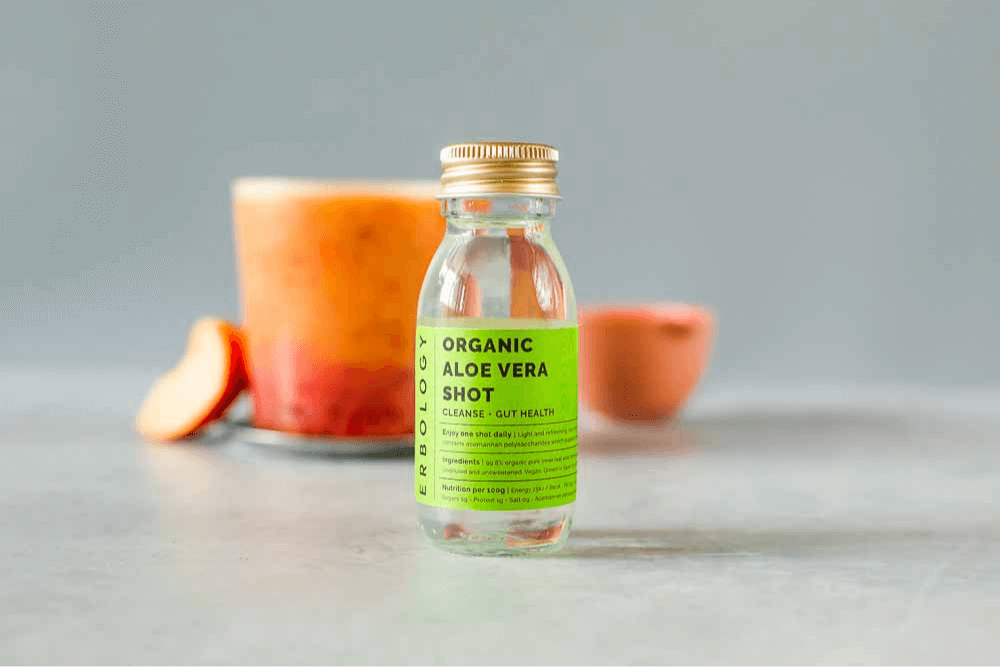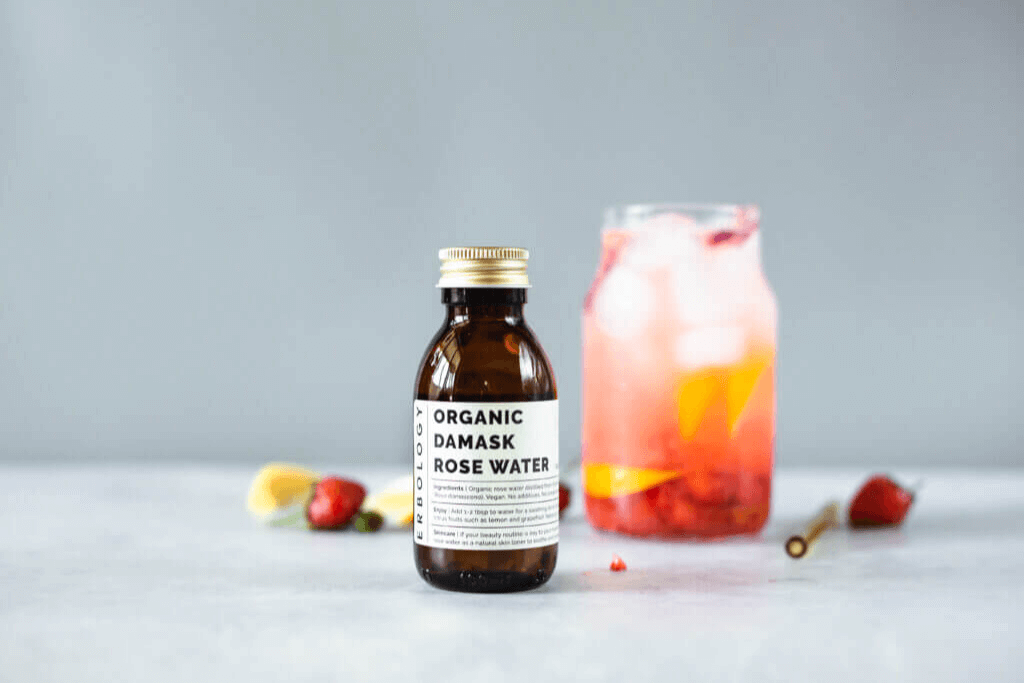31 Dec 2018
Top 4 aloe vera health benefits
A short history of aloe
The first document we know of making reference to aloe vera is a Sumerian clay tablet, dating back to around BC 2100. However, aloe has also been traced back to around 3,500 years ago thanks to Egyptian papyri. Its name comes from the Arabic word ‘alloeh’ referring to the plant's ‘bitter’ taste.
Our love of aloe vera dates back thousands of years. The ancients, for example, had several uses for aloe vera. Ancient Egyptians called it 'the plant of immortality', and Egyptian queens credited it as the source of their beauty.
Meanwhile, Ayurveda (India’s ancient science of life and health) considered aloe vera to be the rejuvenator of all living organisms. According to Ayurvedic practitioners, aloe vera contains 4 flavours: sweet, sour, bitter and astringent. They believe that in addition to aloe, just two other plants (rose petals and guggul) contain these four flavours.
Legend has it that, acting upon the advice of Aristotle, Alexander the Great besieged and conquered the aloe vera capital of the ancient world. Lying roughly 150 miles east of the Cape Guardafui coast, the Island of Socotra produced a large portion of the Mediterranean’s aloe vera. In doing so, Alexander secured a steady stream of the healing plant to his army.
https://youtu.be/m6RYscU70VI
Aloe vera in modern times
Fast forward to the middle of the twentieth century and the military was still relying on healing aloe vera. This time, however, the injuries being treated were found on the bodies of Japan's soldiers. Their wounds were caused by the 1944 atomic bomb rather than iron headed spears, swords, javelin or slingshots.
Today, aloe vera is a big business. Aloe-derived products have a market value of around $13 billion.
Although there are 22 species of aloe in the world, aloe vera is the only one which is not considered to be endangered on CITES (the Convention on International Trade in Endangered Species of Wild Fauna and Flora). As well as managing to do quite well in the wild, aloe vera is grown around the world for the cosmetic and pharmaceutical industries, too.
In the present day, anthropologists have recorded present-day hunter-gatherers who live in sub-Saharan Africa as using the plant as a natural deodorant.
Related reading
undefined

Organic Aloe Vera Juice

Organic Aloe Vera Shots

Organic Rose Water

Organic Aloe Vera Juice

Organic Aloe Vera Shots
